Tech
Companies Which Became Successes Despite Almost Failing

A major chunk of the companies who are successful today have faced their fair share of breakdowns and failures, giving the world the impression they may not recover from the blow. However, with all the effort the CEOs put into bringing these companies back on track, it is noteworthy to see the way these companies have turned out. Here’s a list of companies which bounced back from almost ceasing to exist to becoming one of the most valuable companies in the world.
1. Apple (Steve Jobs)
Probably one of the most successful stories of a startup bouncing back from destruction, Apple had a tough time coming back from the dead. When Apple hired Steve Jobs back as the interim CEO, he turned out to be the man who made the impossible possible. Steve Jobs realised one of the major things going against Apple was they were not thinking of doing something great with the company and were just stuck in the production phase for a long time. The moment he got back as the CEO, the first thing Jobs did was reduce the number of projects from 350 to 50 and then, to 10. A move that made him instantly famous with Apple’s Board of Directors, Jobs joined back as a full time CEO in 1997. Post this, he launched a series of new inventions like the iPod, the first ever iMac, iTunes and the iPhone! Increasing Apple’s stock by more than 9,000 %, Jobs was instrumental in bringing back Apple from near destruction. Today, Apple stands at a valuation of a trillion dollars. Unfortunately, Jobs was diagnosed with cancer and breathed his last in 2011, before he could see Apple become the revolution it is today.
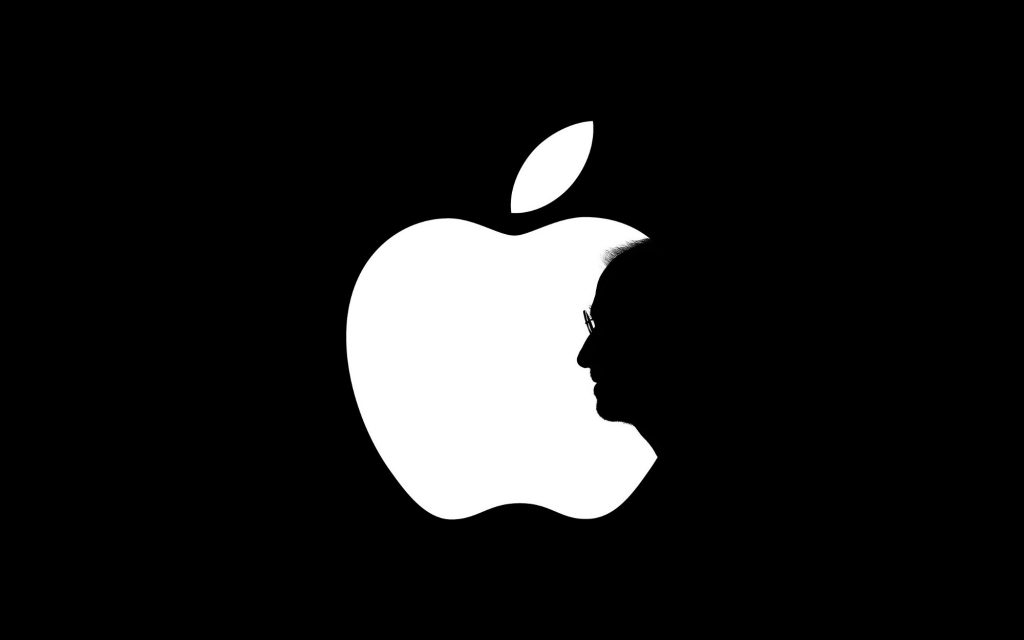
2.Hewlett Packard (Mark Hurd)
When Mark Hurd took over for Carly Forina as the CEO of HP in 2005, he realised the company was in bad shape. At the time, HP had more people on their roster than they knew what to do. Further, this was also the point where HP was recovering from the extremely infamous Compaq acquisition of 2002. Hurd’s first move at ensuring the stability of HP was by decentralizing the staff and increasing the emphasis on field training, improving efficiency and increasing customer support. This move proved to be extremely favorable and from the years 2006 to 2009, HP’s profits increased to $ 80 billion, with the value of the shares doubling from its rate at the point. On a side note, despite ensuring the success of HP, Hurd was forced to step down as the CEO in 2010 post several allegations of sexual harassment.
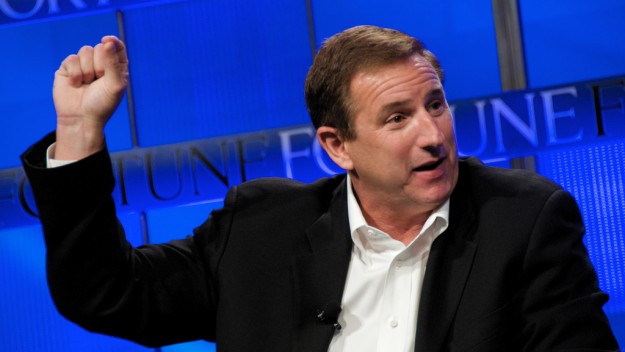
3. Yahoo! (Terry Semel)
With companies plummeting into sure fire destruction, Yahoo! was one of the websites which suffered the most during the dot com bubble burst. Despite launching to a stupendous fan base before the burst, the mail platform just could not take off the right way. Terry Semel joined the board of Yahoo! as a CEO in the year 2001, with a wealth of experience as the Chairman of Warner Bros. When Semel came on board as the CEO, the company morale was at an all time low and the previous year had ended with a loss of $ 93 million. Semel realised one of the ways to bring back the company was by shifting focus. He changed Yahoo’s business plan and made it a platform which distributed news and user based content through channels like Yahoo News, Yahoo Finance and Flickr. Within a year of Semel becoming Yahoo’s CEO, not only was there a massive turn around with an eradication of all the losses, Yahoo! recorded an impressive profit of $ 43 million. With a successful reign of 6 years, Semel stepped down as the CEO in 2007.
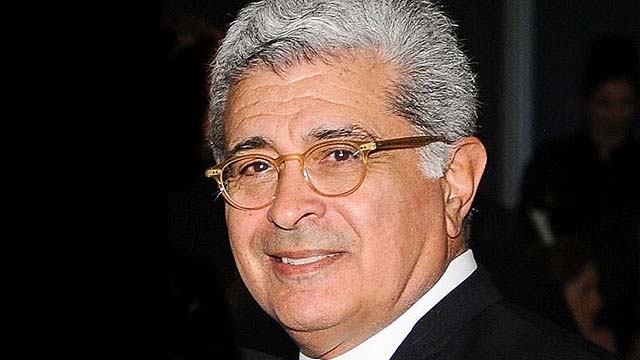
4.McDonald’s (James. R Cantalupo)
When James Cantalupo retired as the CEO of McDonald’s in the year 2001, the company realised they needed him far more than they thought. A short year after Cantalupo stepped down as CEO, stocks started plummeting, with customers across the world complaining about McDonald’s unhealthy menu. When Cantalupo joined back as the CEO in 2002, the first thing he did was to introduce a low on carbs menu in select countries. With a focus on consumers who wanted to eat healthier, the menu changed completely and the results of Cantalupo’s efforts were clearly showing. Within a year, the profits increased massively and in the year 2003, McDonald’s recorded a whopping profit of $ 327.4 million, almost a $ 100 million more than the previous year. Unfortunately, before Cantalupo could use his Midas’s touch for good, the highly effective CEO passed away in 2004 as a result of a massive heart attack.
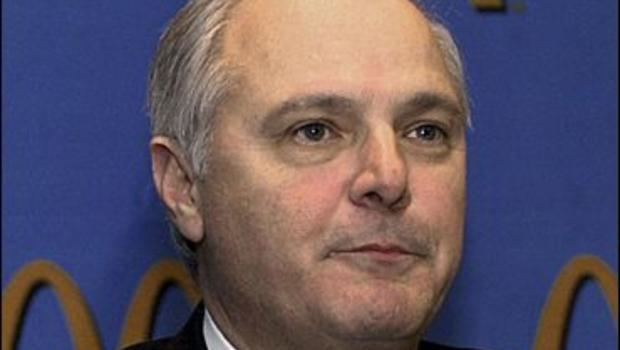
5. Dan Hesse (Sprint)
Dan Hesse came on board as the CEO of Sprint in 2007, a period when the company was majorly free falling into destruction. It didn’t take long for Hesse to realise that the biggest problem Sprint was facing was the fact that consumers thought the prices were extremely high. One of Hesse’s first moves as the CEO was to introduce the Simply Everything plan, a strategy which redefined the way Sprint functioned. However, unlike other turnarounds, it took Hesse quite a while to restructure the profits of this particular company. It wasn’t till 2010, after a series of takeovers by Sprint and the introduction of new plans, that the company saw its first profit. By the year 2012, Sprint had recorded a massive profit of $ 35.3 billion, as opposed to the previous year’s profits of $ 33.7 billion. Hesse still continues to serve as the CEO of the company.

These CEOS have turned the world around and given their contemporaries a new milestone to achieve. Who’s your favourite CEO? Comment and let us know.
Latest News
Apple’s iOS 18.7 vs iOS 26: Which Update Should You Choose for Your iPhone in 2025?

Apple’s recent iOS 18.7 rollout provides a secure alternative to the visually revamped iOS 26, empowering iPhone users to choose between system stability and next-generation features. While iOS 18.7 focuses on important security updates and bug fixes, it maintains the familiar iOS experience for users of older devices like iPhone XS, XS Max, XR, and SE models up to the 16e. The update is lightweight—about one-fifteenth the size of iOS 26—which means quicker downloads and less storage consumption. It’s designed for reliability and fast installation, making it ideal for users who prioritize a stable and secure operating system over design changes.
In contrast, iOS 26 introduces Apple’s ambitious “Liquid Glass” interface with a transparent look across apps, enhanced widget and lock screen customization, smarter Siri, and improved camera controls. These innovations, however, come with a larger update size and compatibility exclusive to newer iPhones beginning from the iPhone 11 series. While early adopters can enjoy the futuristic interface and AI-powered upgrades, major OS launches may present initial bugs or app compatibility issues that cautious users typically wish to avoid.
Choosing between iOS 18.7 and iOS 26 depends on each user’s priorities—those seeking guaranteed stability and fast security fixes should consider sticking with iOS 18.7, while users excited about premium features and visual changes should migrate to iOS 26 if their device supports it. Both updates are available through Software Update settings, and Apple will support iOS 18.7 for only a limited duration, eventually encouraging all users to transition to the latest platform. This dual update strategy ensures every iPhone user can safely update their device for a seamless and secure experience in 2025.
Tech
Apple’s iOS 26 to Automatically Pause FaceTime Calls Upon Nudity Detection

Apple’s upcoming iOS 26 introduces a new privacy-focused safety feature for FaceTime that automatically pauses both video and audio calls when nudity is detected on camera. This feature, discovered in the iOS 26 developer beta, is part of Apple’s expanded Communication Safety suite aimed primarily at protecting children from exposure to inappropriate content during live video chats. When nudity is detected, FaceTime freezes the call and displays a warning message, allowing users to either resume or end the call.
The nudity detection runs entirely on-device using advanced machine learning, ensuring that no images or videos are sent to Apple’s servers, thereby preserving user privacy. Although originally designed for child accounts as part of family safety tools announced at WWDC 2025, the feature currently appears active on all accounts in the beta version, including adults, which has sparked discussion about its broader application. Apple stresses that this local processing method keeps user data private while providing real-time protection against sensitive content during FaceTime calls.
Alongside this new safety measure, iOS 26 brings several other updates across the Apple ecosystem, including a new Liquid Glass design and enhancements to Messages, Wallet, and CarPlay. While the FaceTime nudity detection feature has not yet been confirmed for the final public release, its presence in the beta underscores Apple’s commitment to balancing user safety with privacy in an increasingly connected world. The full rollout later this year will clarify how widely the feature will be applied and whether users will have control over its activation
Tech
Zoho Leads India’s Web Revolution with Ulaa for a Self-Reliant Digital Future
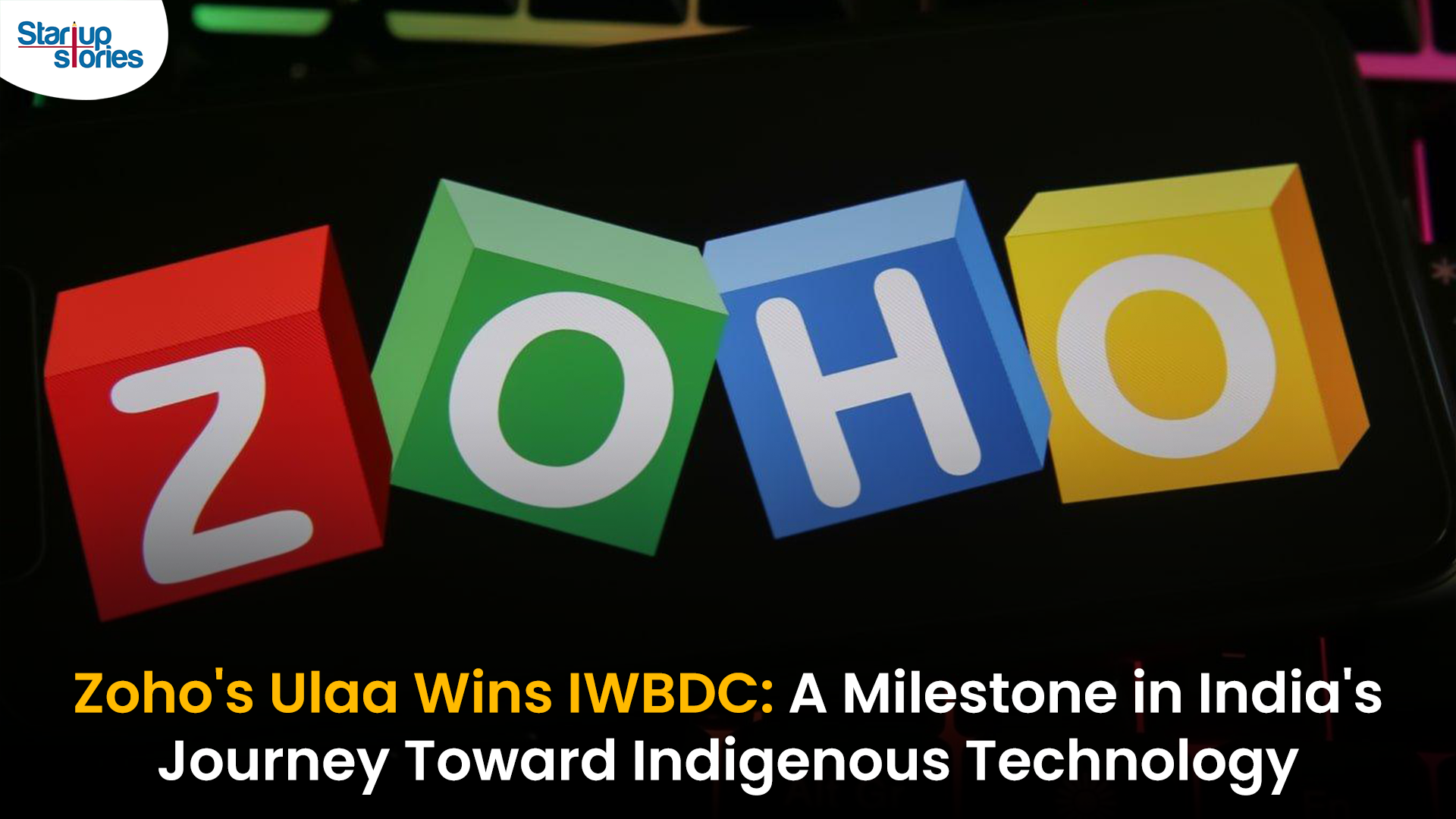
Zoho Corporation has won the Indian Web Browser Development Challenge (IWBDC), an initiative by the Ministry of Electronics and Information Technology (MeitY) aimed at promoting digital independence. Announced on March 20, 2025, the challenge sought to develop a secure, indigenous web browser as part of the ‘Aatmanirbhar Bharat’ initiative.
Challenge Overview
The IWBDC encouraged the creation of a homegrown web browser that complies with India’s data protection laws. Out of 434 registered teams, only eight reached the final stage, which involved three evaluation phases: ideation, prototype development, and productization.
Winners and Recognition
Zoho’s web browser, named Ulaa, won the top prize of ₹1 crore for its advanced security features and privacy-focused design. The name “Ulaa,” meaning “journey” in Tamil, signifies its mission to enhance online browsing experiences. Team PING and Team Ajna secured second and third places, winning ₹75 lakh and ₹50 lakh respectively. A special mention was awarded to “Jio Vishwakarma” for their innovative cross-platform design.
Union Minister Ashwini Vaishnaw praised the challenge as a significant step toward establishing an indigenous digital ecosystem in India, emphasizing the importance of self-reliance in technology.
Importance of an Indigenous Browser
The development of an Indian web browser is crucial for ensuring data security and compliance with national regulations. It aims to keep user data within India’s borders and reduce reliance on foreign technology.
Future Prospects
The new browser is designed to be compatible with major operating systems like iOS, Windows, and Android, ensuring accessibility for a wide range of users. This initiative reflects India’s growing technological capabilities and highlights the potential for innovation from smaller cities beyond traditional tech hubs.
Zoho’s success with Ulaa marks a pivotal moment in India’s journey toward digital self-reliance, as the government continues to support domestic innovation and empower local talent in shaping the future of technology.


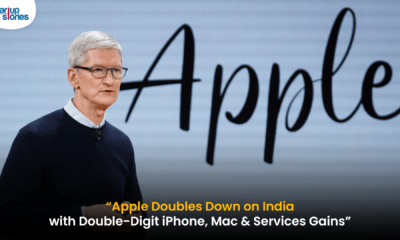

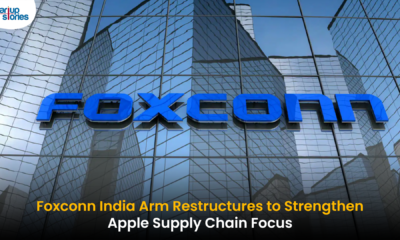

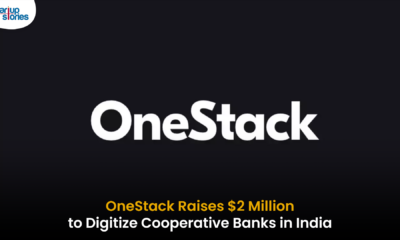







9yty8
June 6, 2025 at 8:52 am
can i buy cheap clomiphene tablets how can i get cheap clomiphene can you buy clomid pills order clomid without insurance order generic clomid without insurance where can i get cheap clomiphene no prescription clomid cost
Kuwin
November 5, 2025 at 6:41 pm
kuwin sở hữu kho game đa dạng từ slot đến trò chơi bài đổi thưởng, mang đến cho bạn những giây phút giải trí tuyệt vời.
MM88
November 8, 2025 at 8:59 am
Khám phá thế giới giải trí trực tuyến đỉnh cao tại MM88, nơi mang đến những trải nghiệm cá cược thể thao và casino sống động.
ios超级签
November 10, 2025 at 12:22 pm
苹果签名,苹果超级签平台,ios超级签平台ios超级签苹果企业签,苹果超级签,稳定超级签名
MM88
November 14, 2025 at 4:37 am
Với giao diện mượt mà và ưu đãi hấp dẫn, MM88 là lựa chọn lý tưởng cho các tín đồ giải trí trực tuyến.
站群程序
November 14, 2025 at 8:14 am
搭载智能站群程序,自动化搭建与管理,为SEO项目提供核心驱动力。站群程序
GO88
November 15, 2025 at 5:02 am
Tham gia cộng đồng game thủ tại Go88 để trải nghiệm các trò chơi bài, poker phổ biến nhất hiện nay.
J88
November 23, 2025 at 4:26 am
Đến với J88, bạn sẽ được trải nghiệm dịch vụ cá cược chuyên nghiệp cùng hàng ngàn sự kiện khuyến mãi độc quyền.
iwin
November 30, 2025 at 3:36 pm
iwin – nền tảng game bài đổi thưởng uy tín, nơi bạn có thể thử vận may và tận hưởng nhiều tựa game hấp